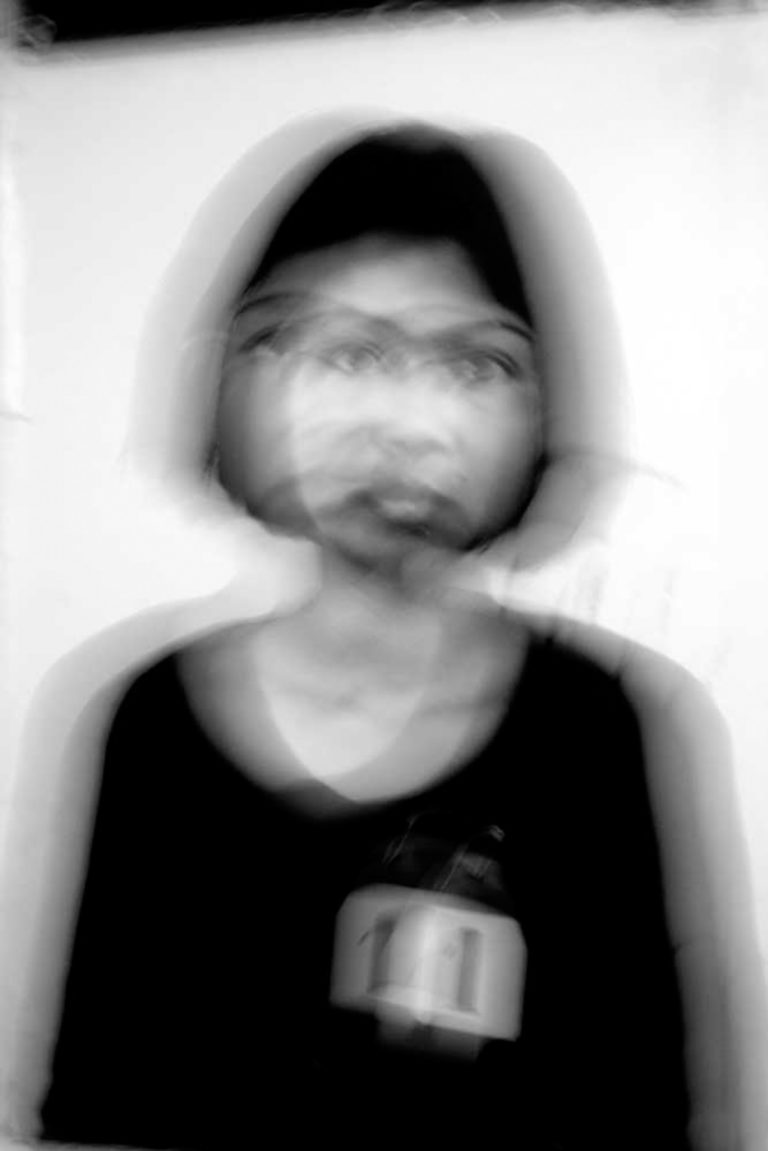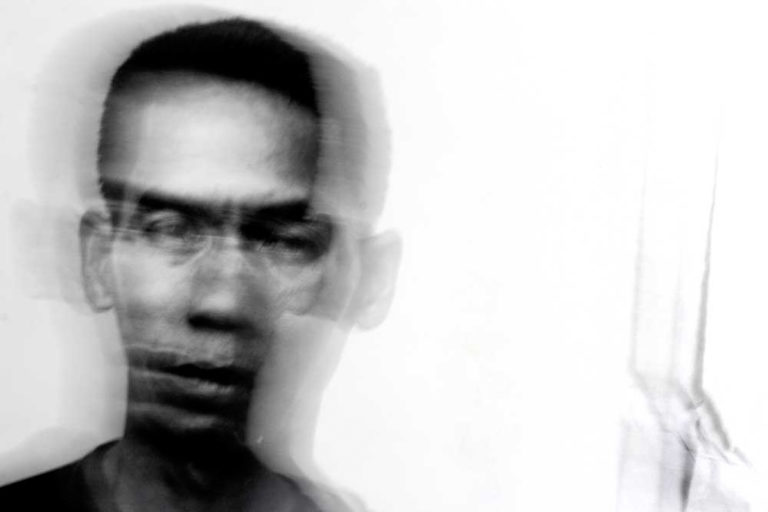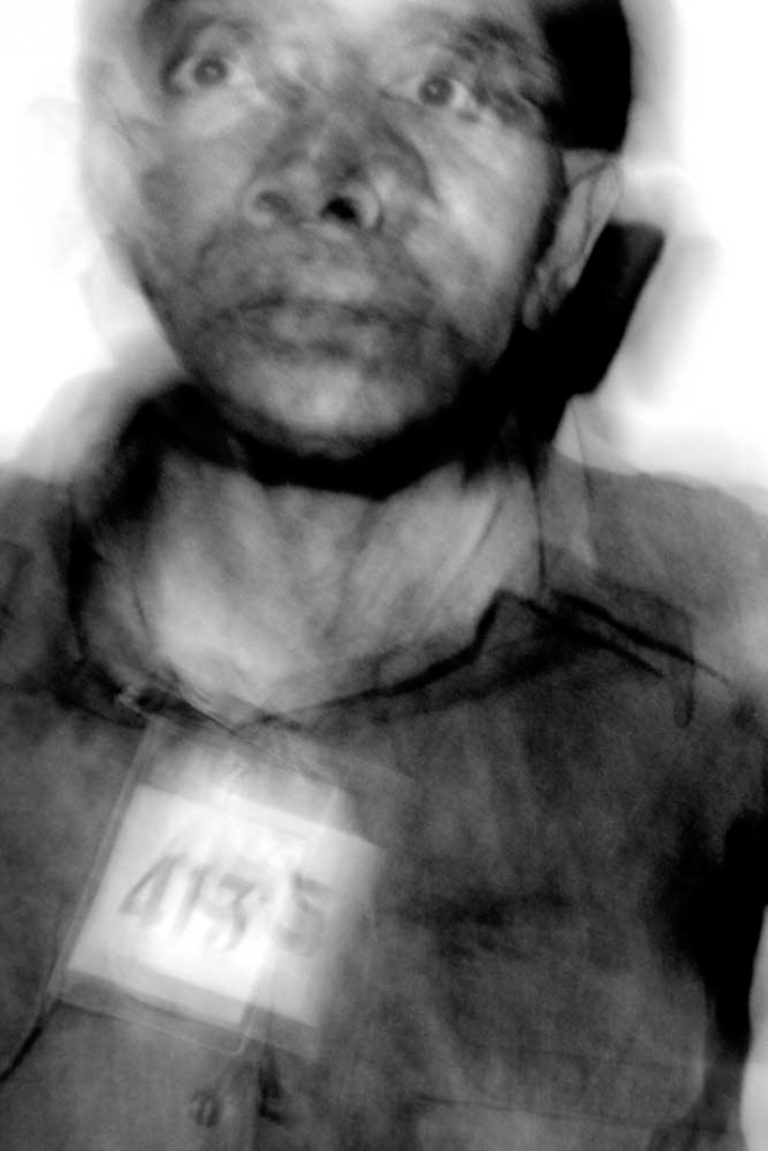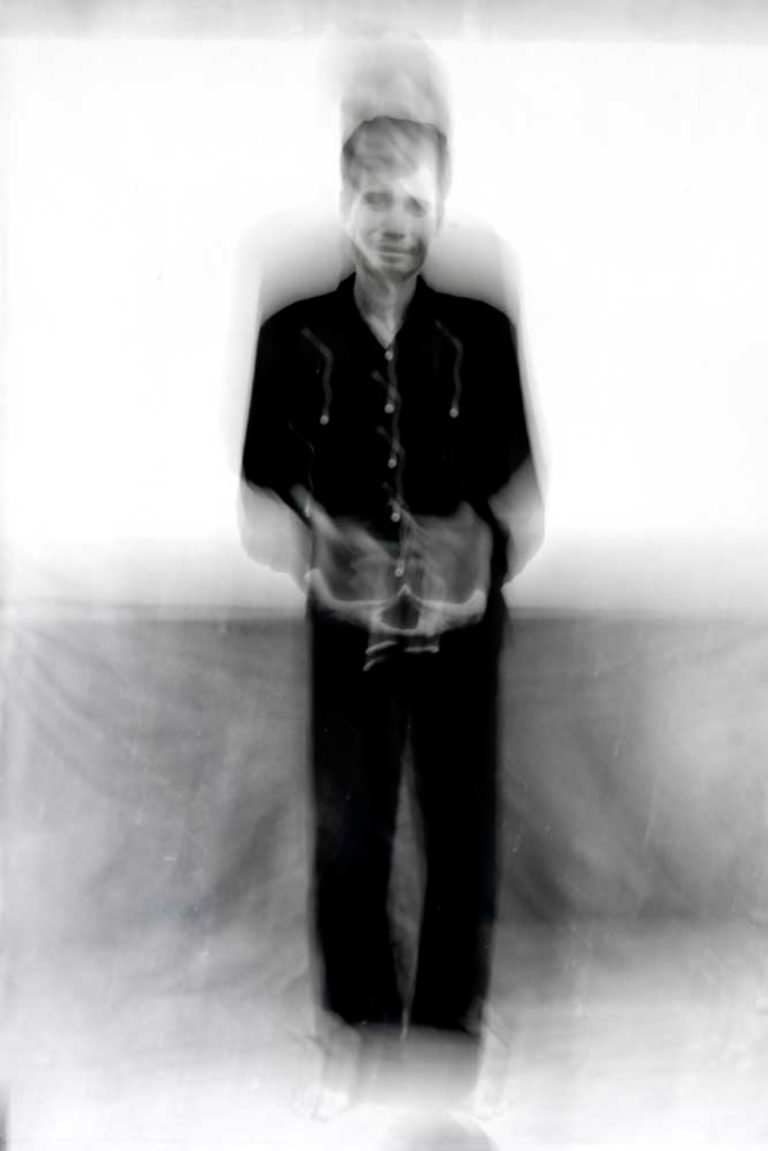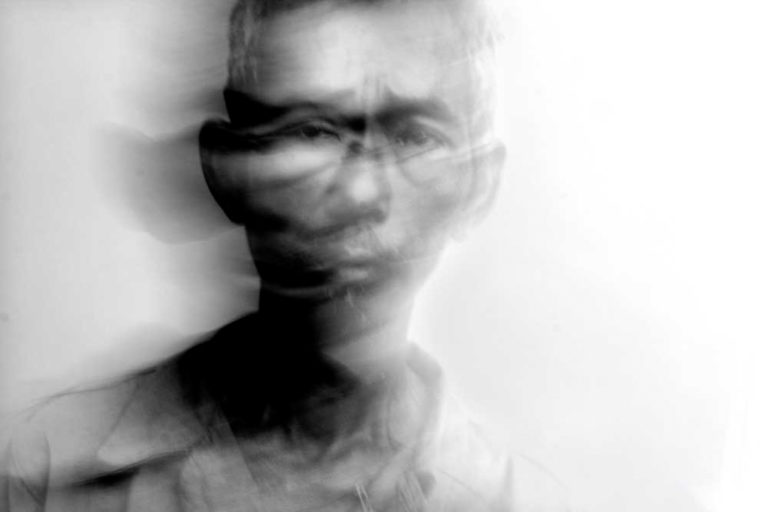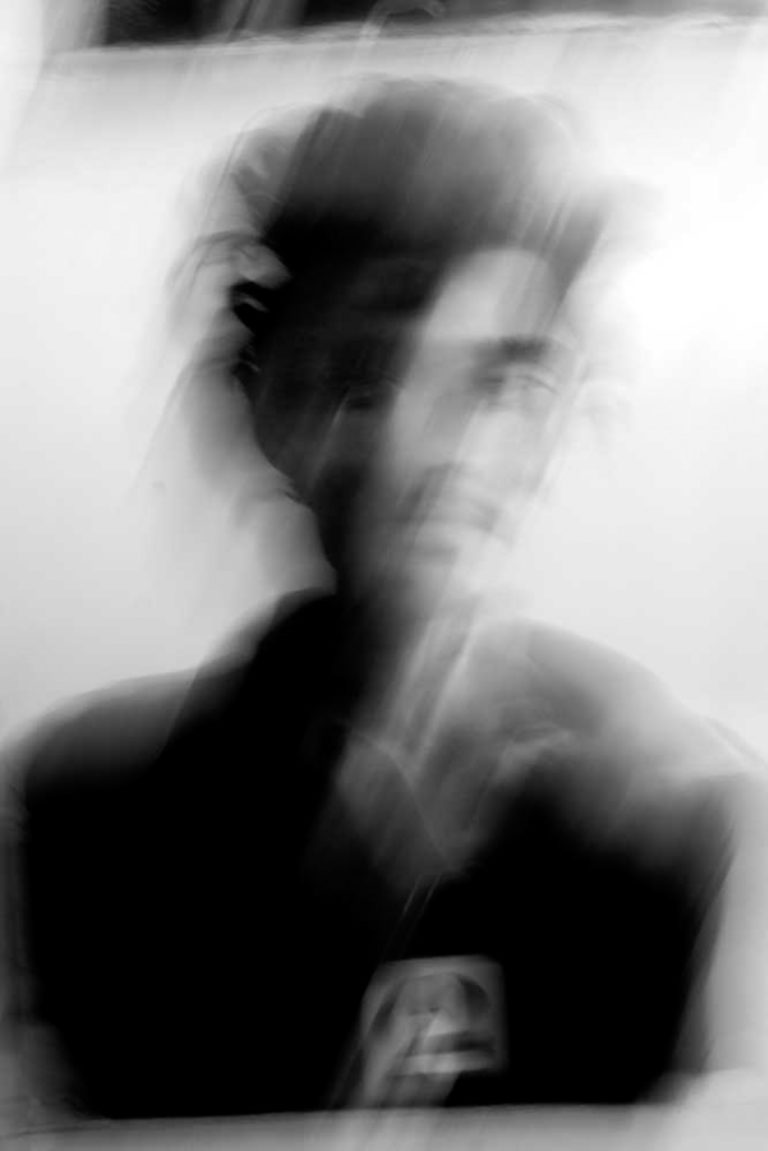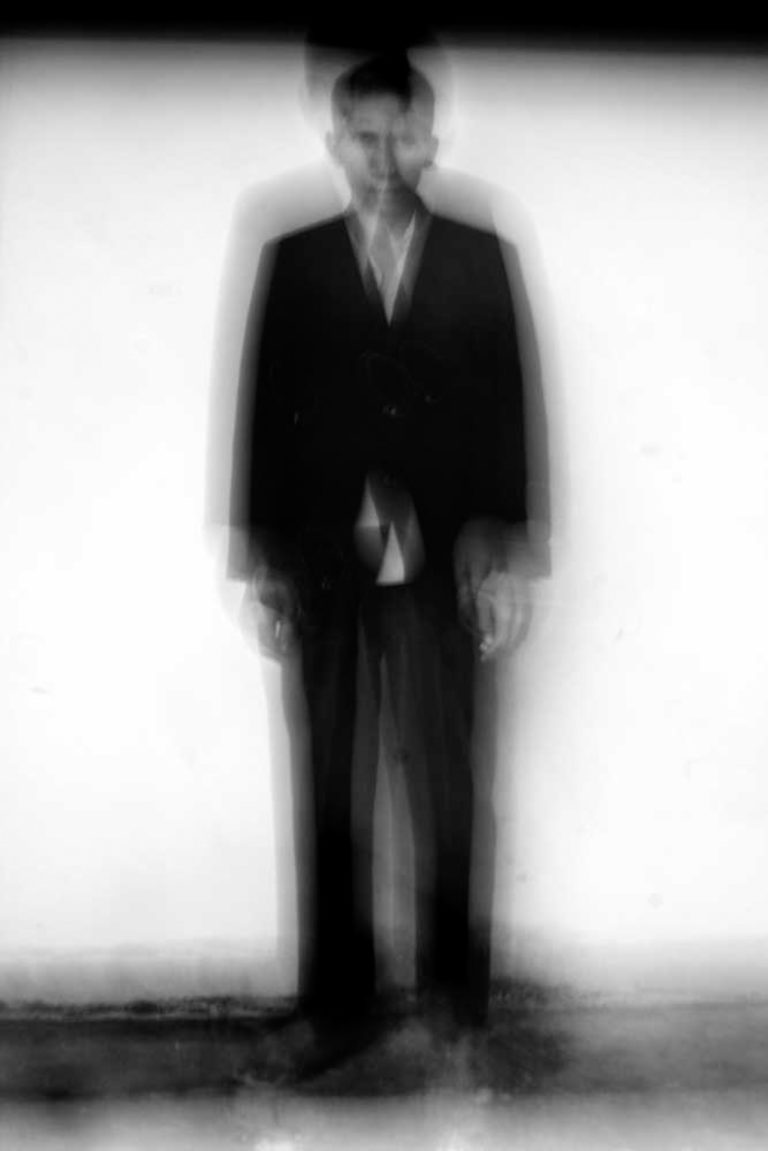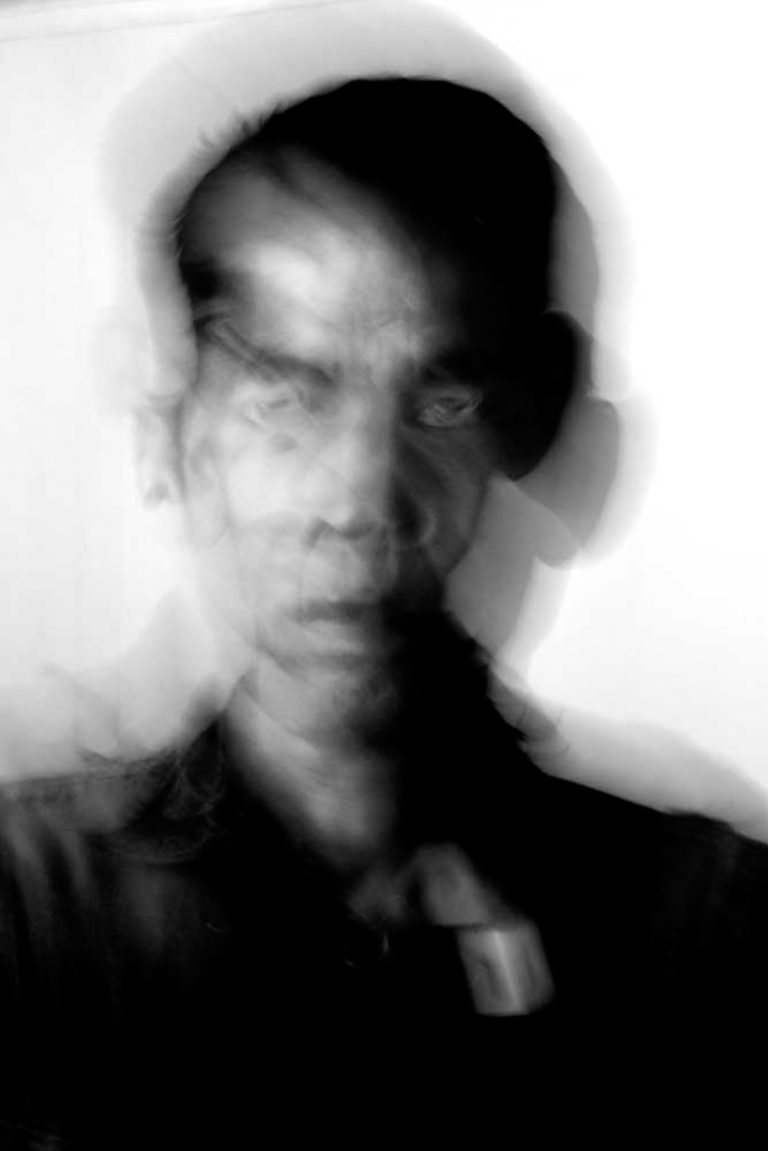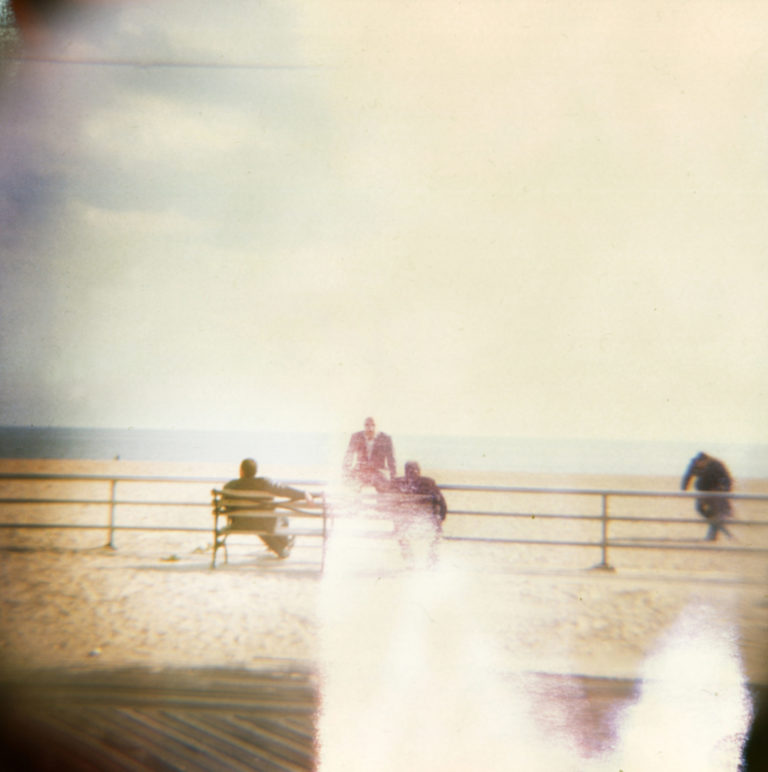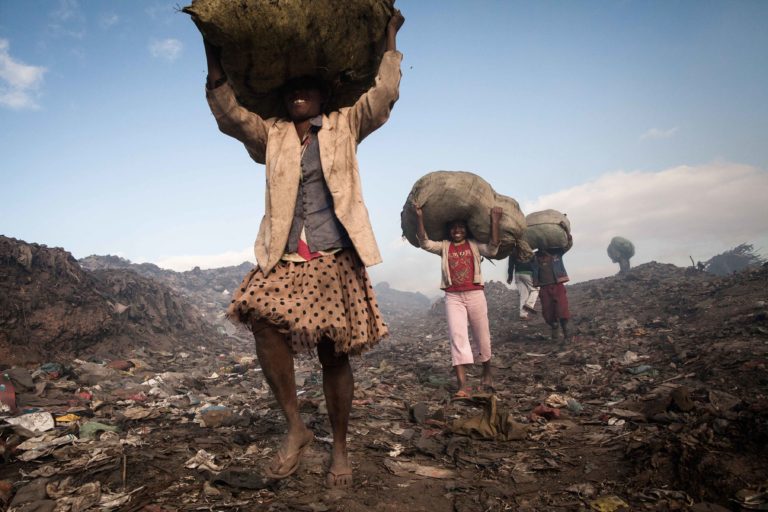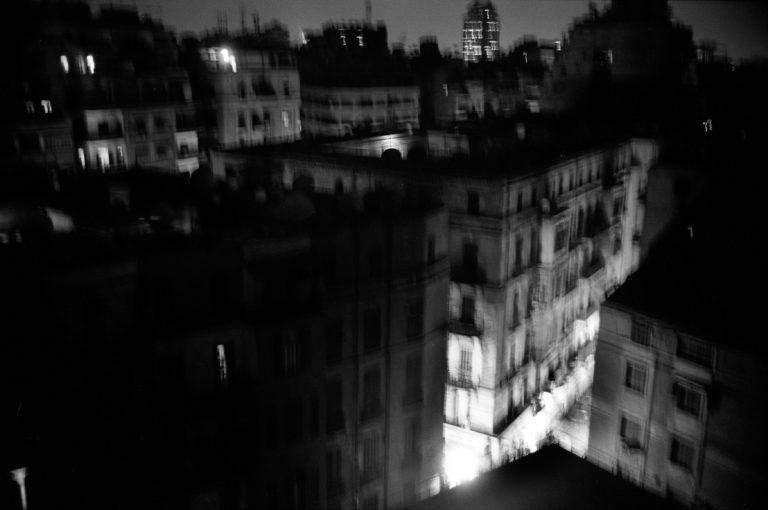September 2010: Cambodia tribunal indicts four ex-Khmer Rouge leaders.
Duch Trial: Khmer Rouge Prison Chief sentenced to 35 years.
He has been found guilty of crimes against the humanity by Cambodia’s UN War Crimes Tribunal.
February 17th 2009: Under the joint flags of Cambodia and the United Nations, Cambodian justice took a historic leap forward today. Three decades after the end of its murderous four years in power, the Khmer Rouge finally went on trial.
Kaing Kech Ieu, alias Comrade Duch, was the director of the infamous Tuol Sleng prison, the interrogation centre that came to symbolise the horrors of Pol Pot’s genocidal regime. Between 1975 and 1979 up to 17,000 men, women and children were sent to his prison to be tortured and killed. Only a handful survived.
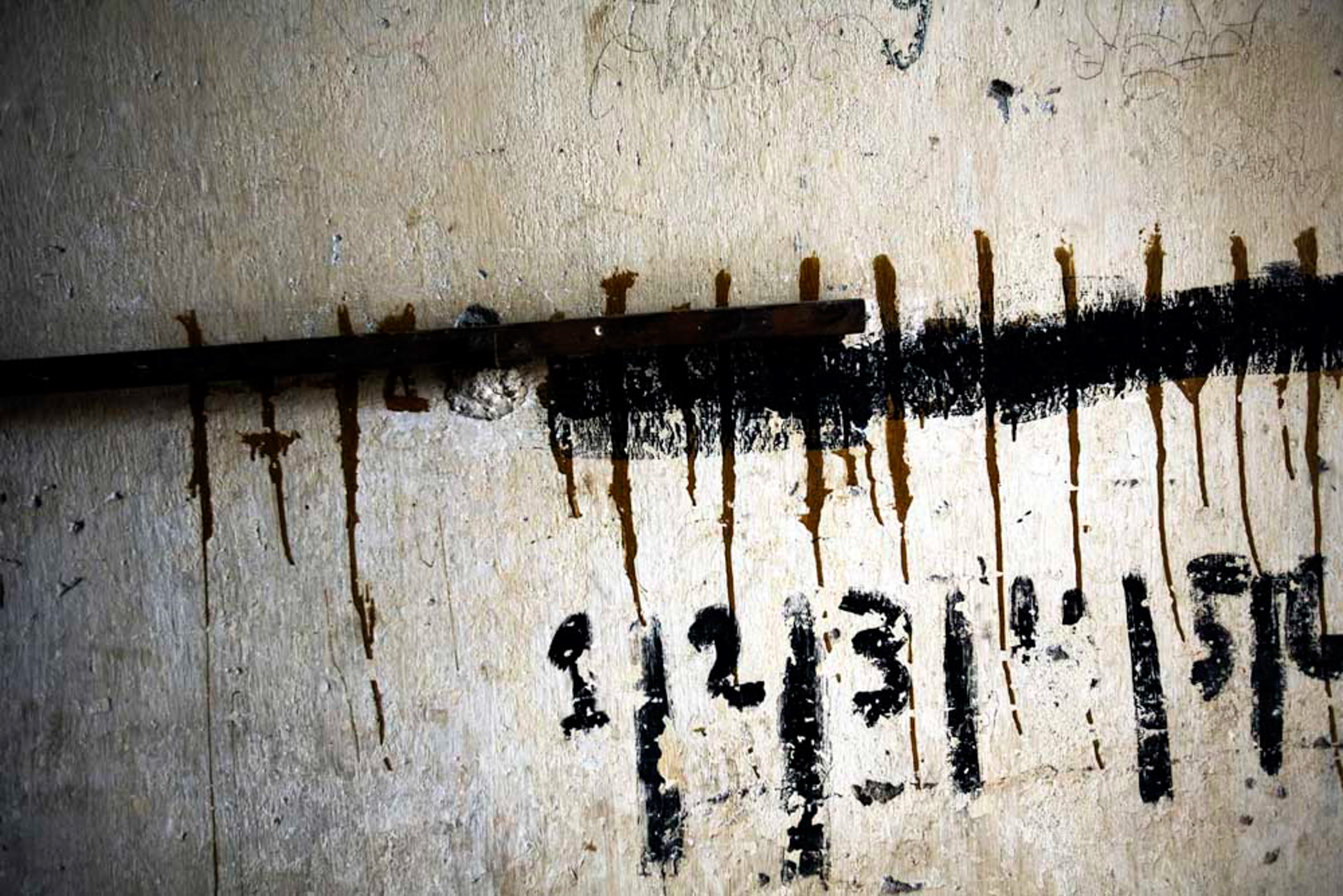
Cambodia, Phnom Penh: Tuol Sleng Museum.
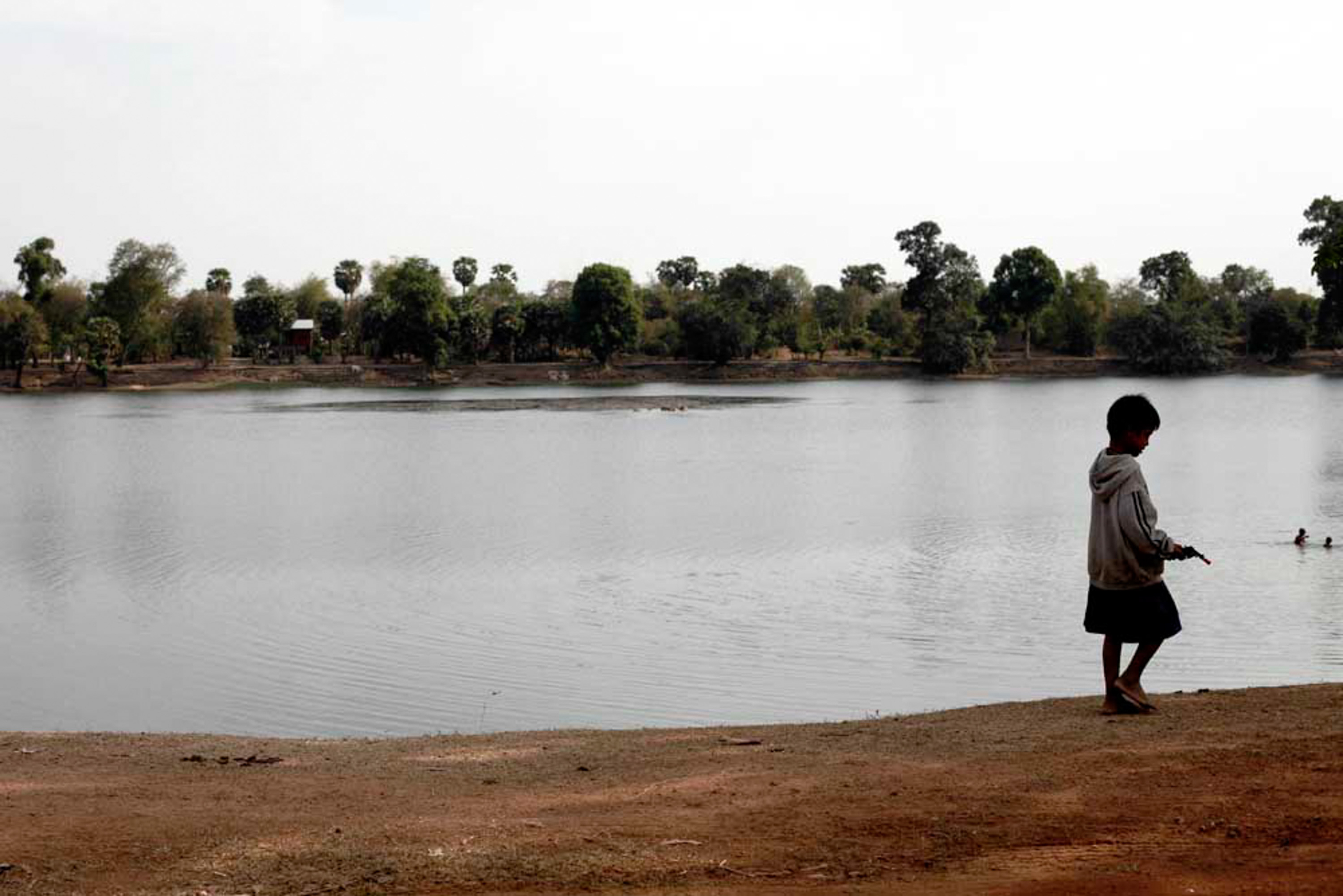
Cambodia: Siem Reap: temples area. A boy play with a toy gun. For many of them it is unbeliveble the story of the Khmer Rouge genocide.
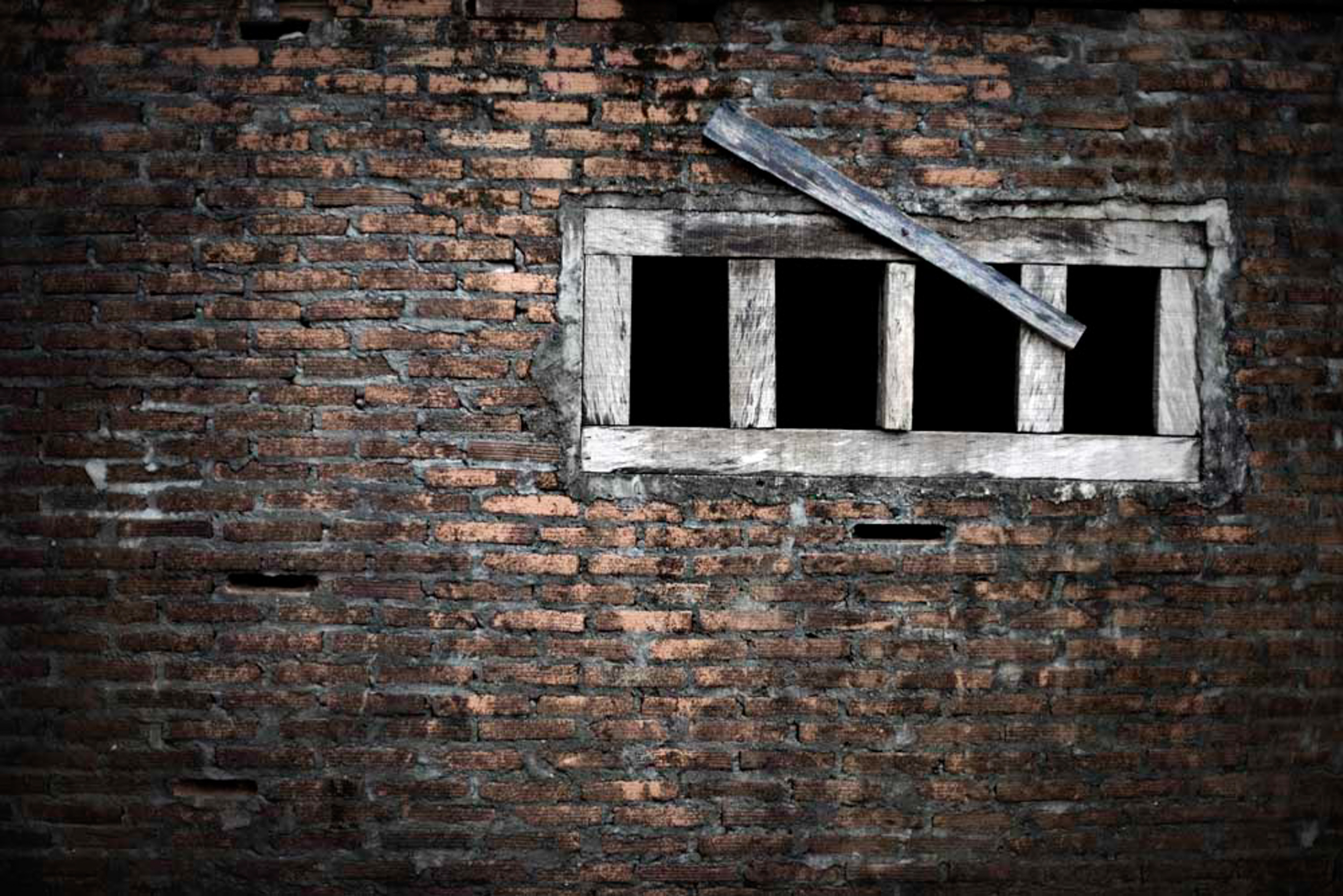
Cambodia, Anlong Veng: Pol Pot's shelter.
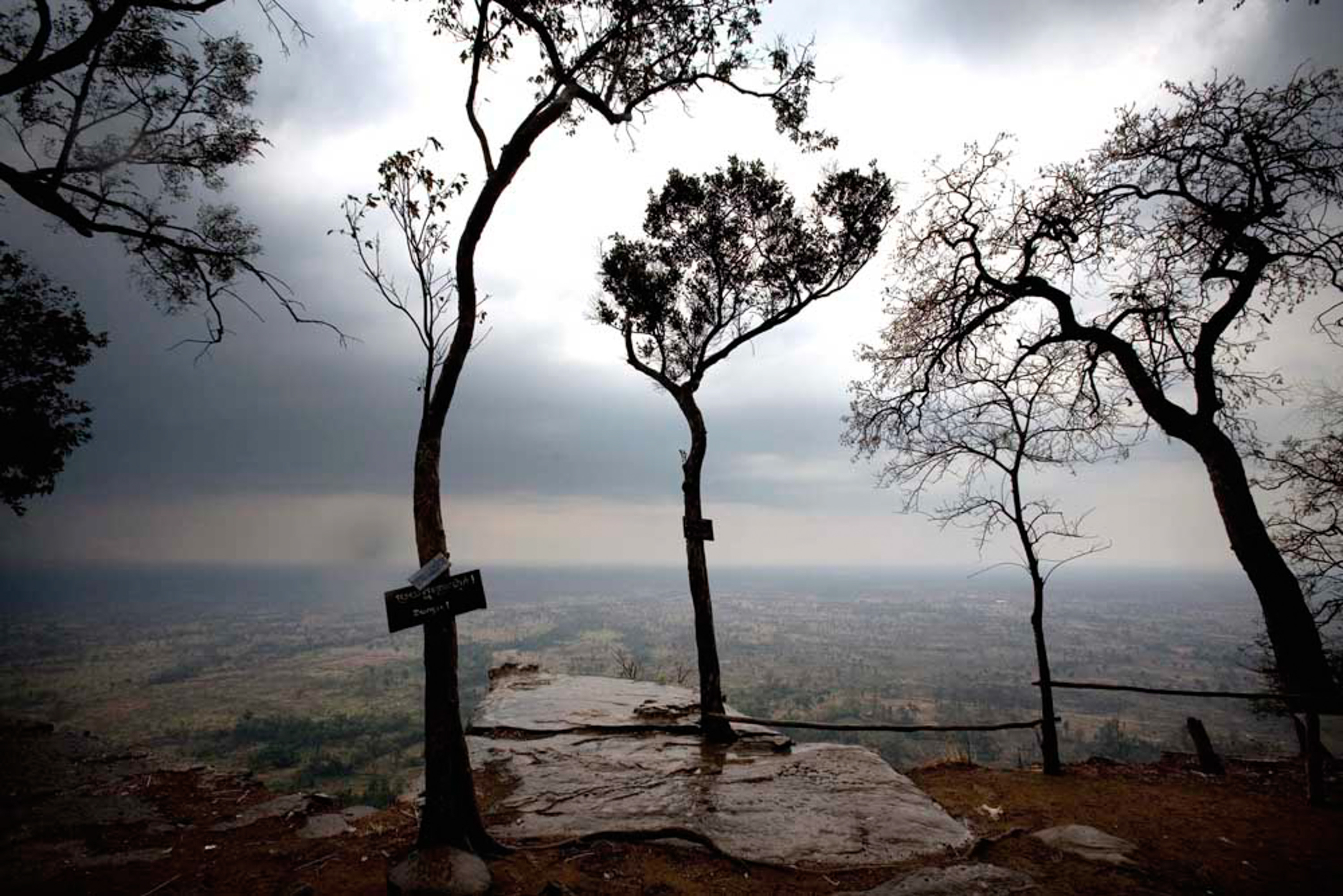
Cambodia, Anlong Veng: Observation post of khmer Rouge till 1998.
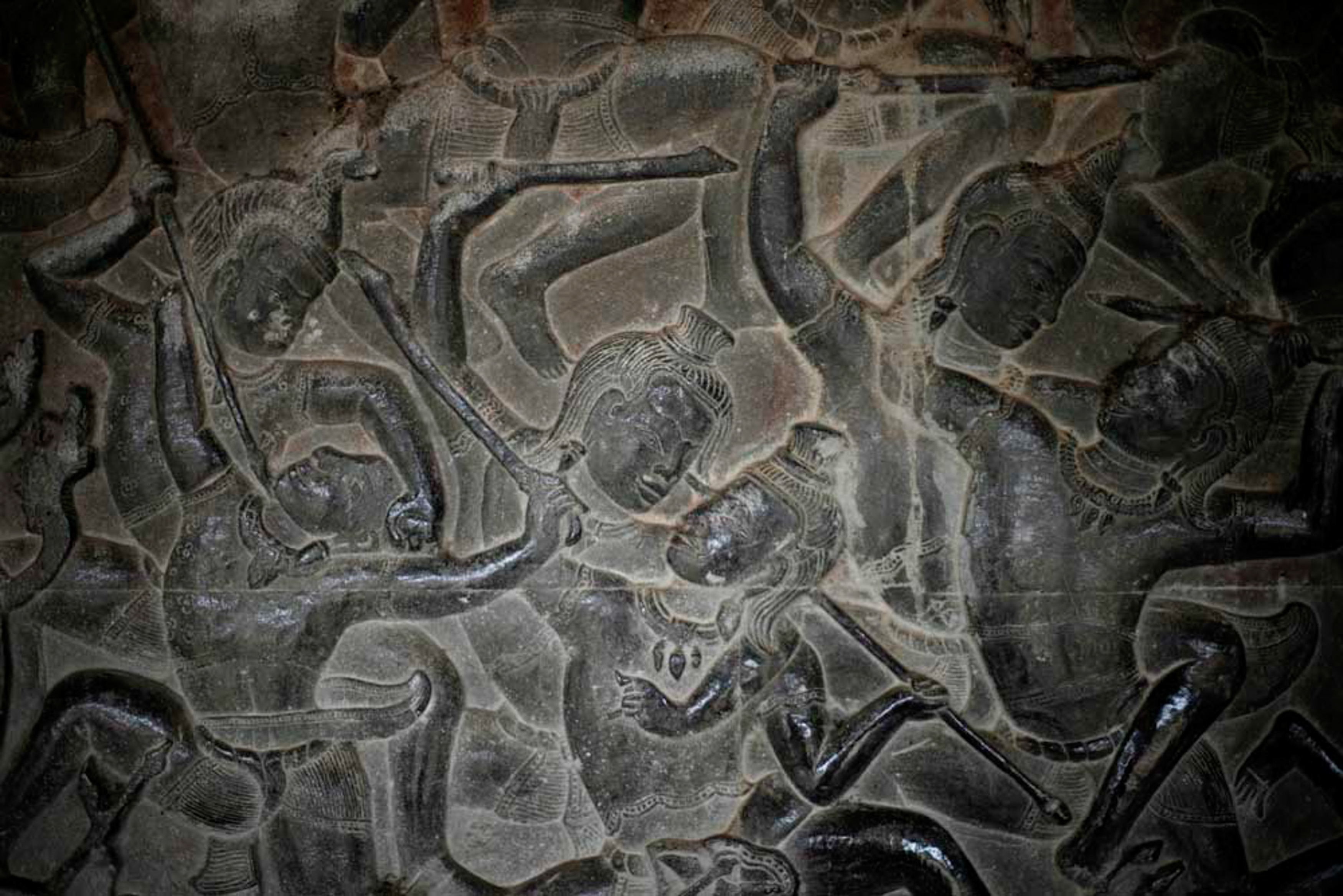
Cambodia, Siem Reap: Ankor Wat Temples. A Mahabarata scene.
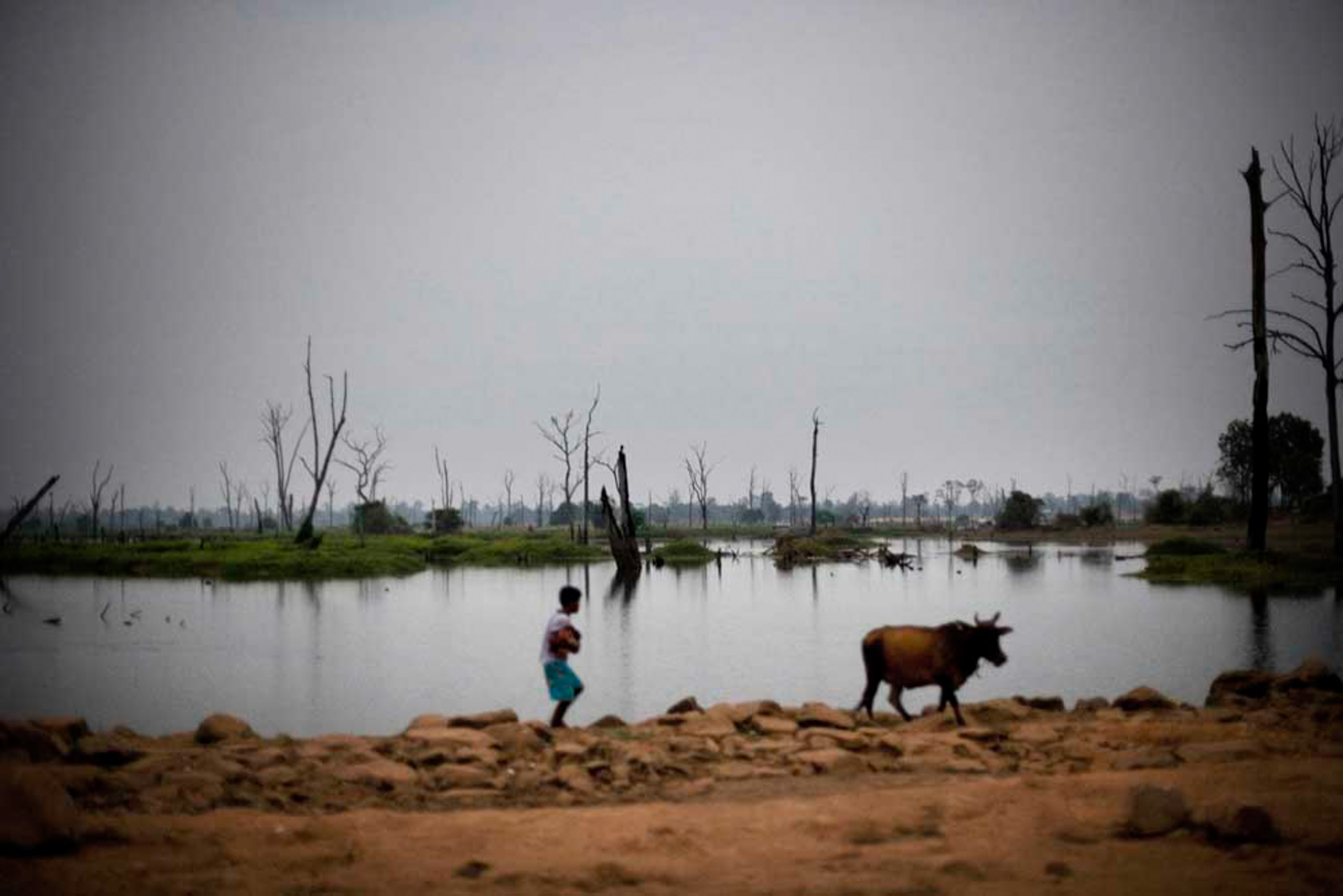
Cambodia, Anlong Veng. Ta Mok (brother number two) built a dam in the village floading the territories.
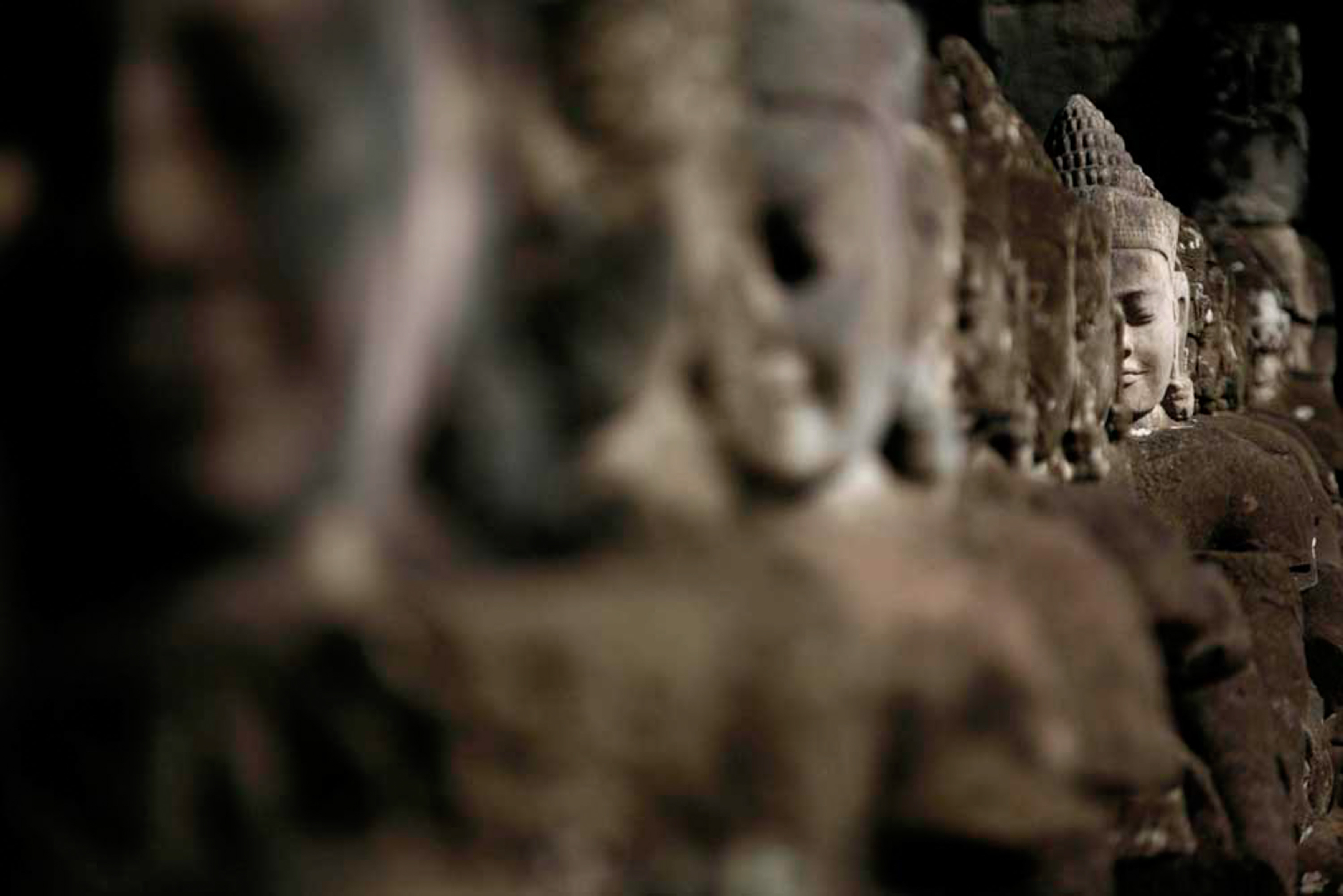
Cambodia, Siem Reap: Ankor Wat Temples.
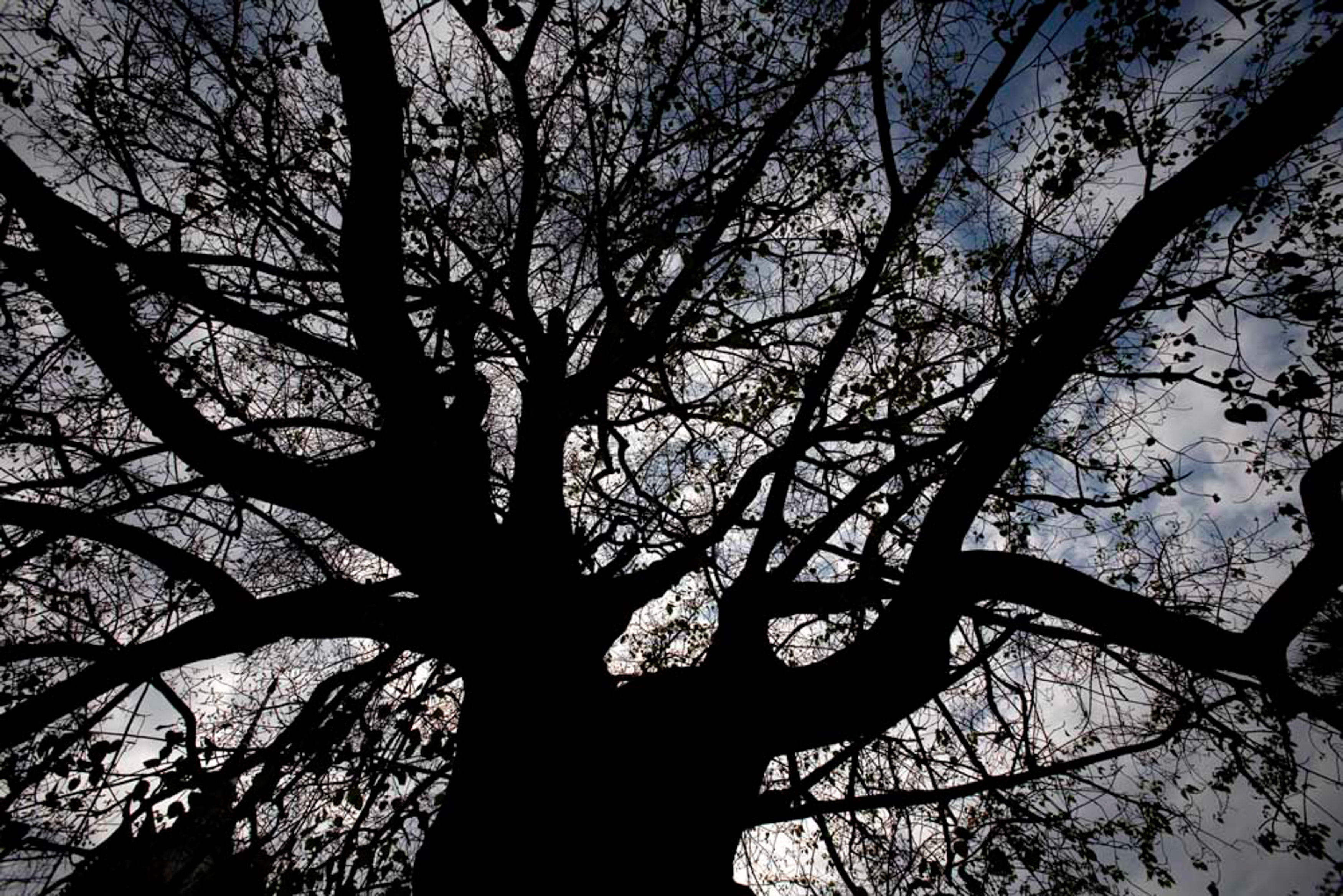
Cambodia, Phnom Penh: Killing Field. Tree against which executioners beat children.
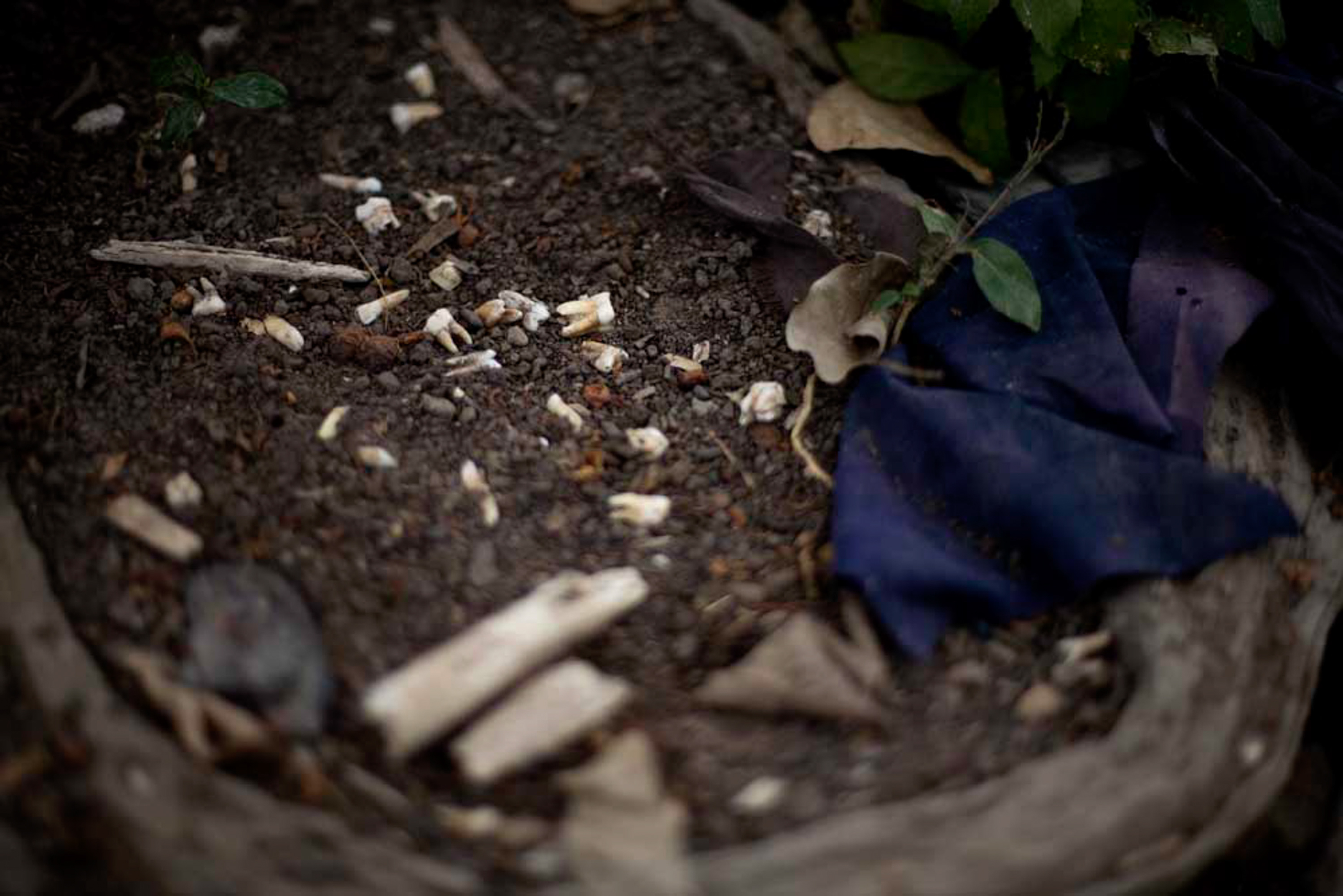
Cambodia, Phnom Penh: teeth and bones of Khmer Rouge's victims in the Killing Field.
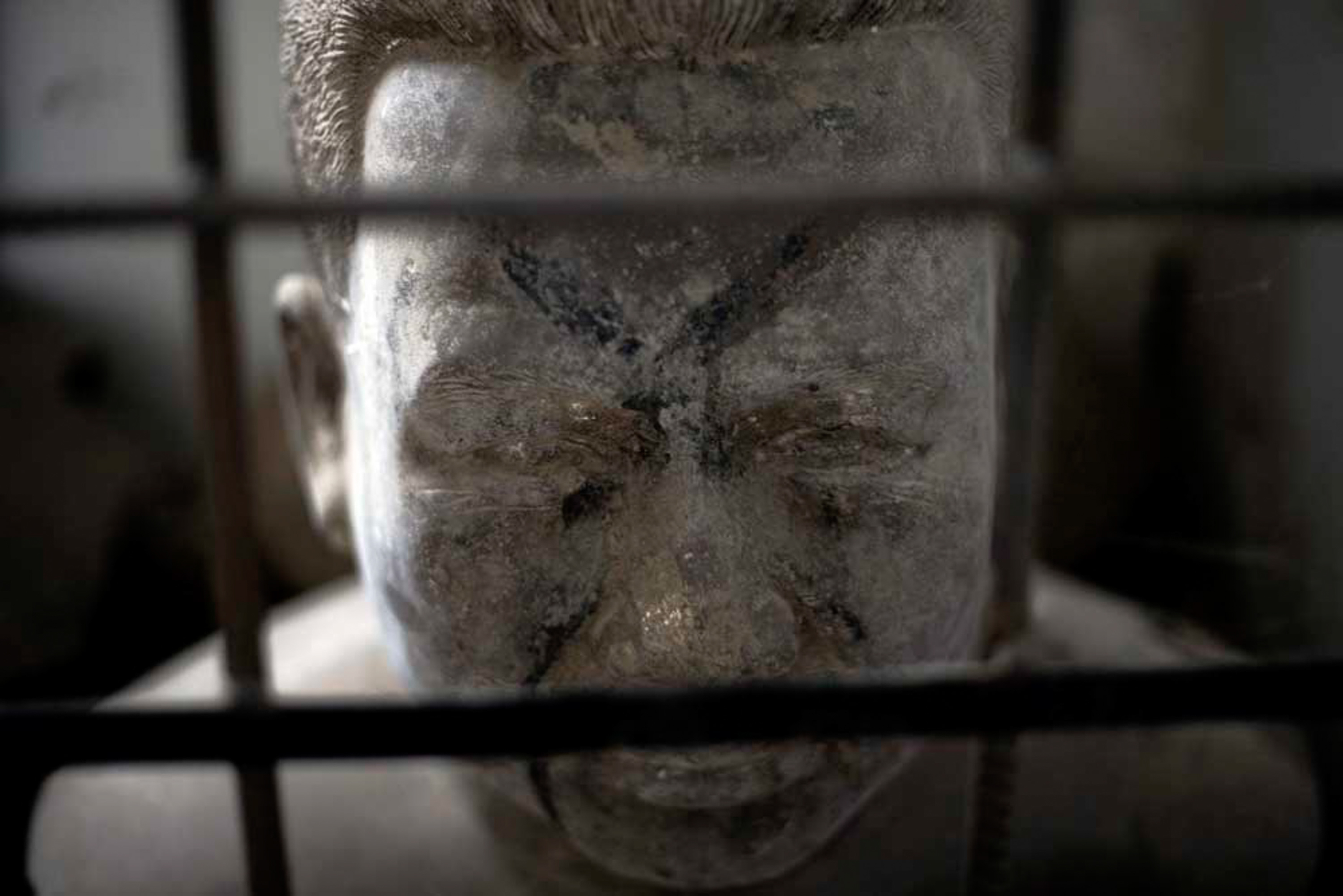
Cambodia, Phnom Penh: Pol Pot's sculpture in the Tuol Sleng Museum. At the beginning of the Khmer Rouge nobodies knew the names of the estabilishment. After the 1976 they decided to show and give a name of their Chief.
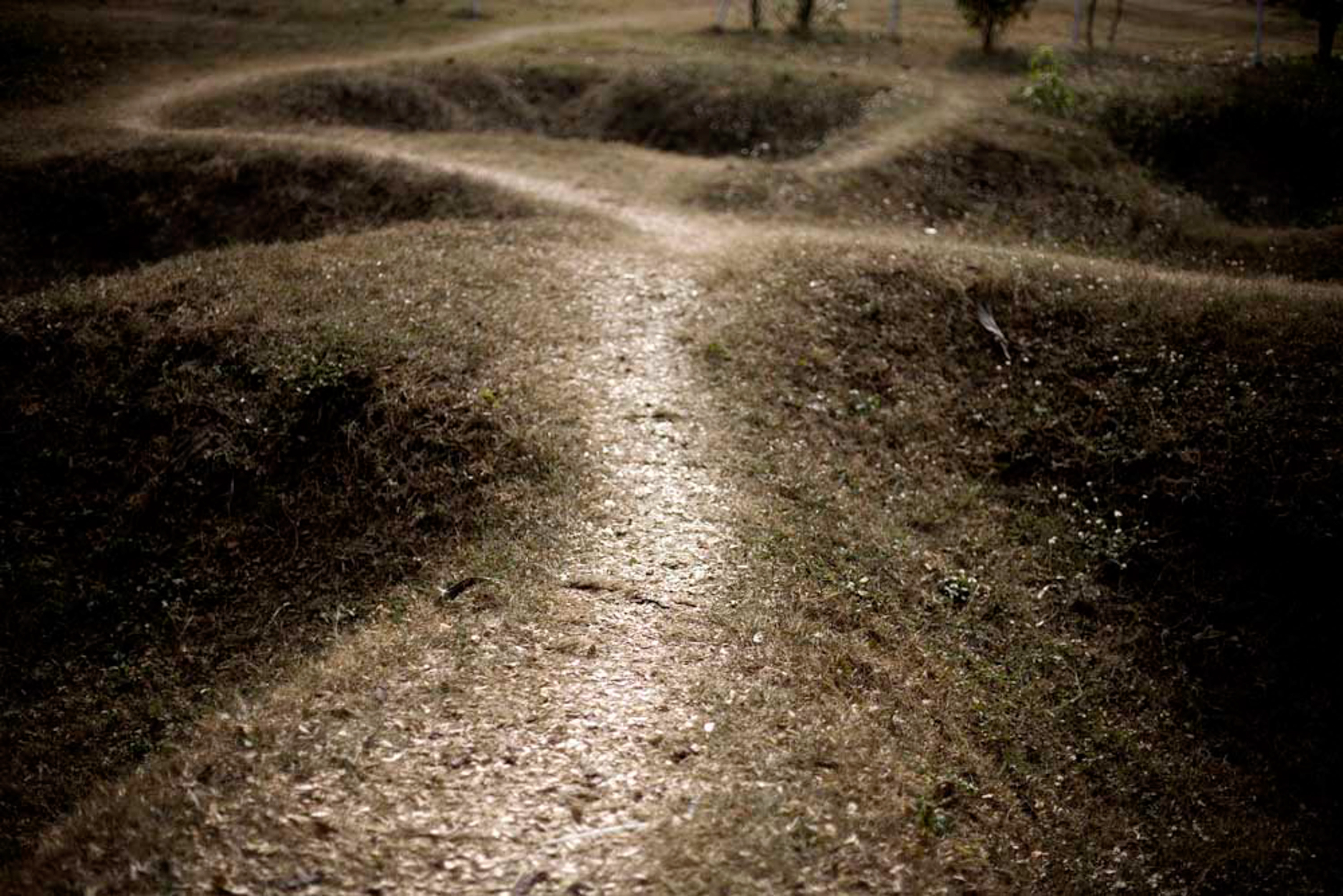
Cambodia, Phnom Penh: Common grave in the Killing Field. The victims were hit with a spade and thrusted in the greves.
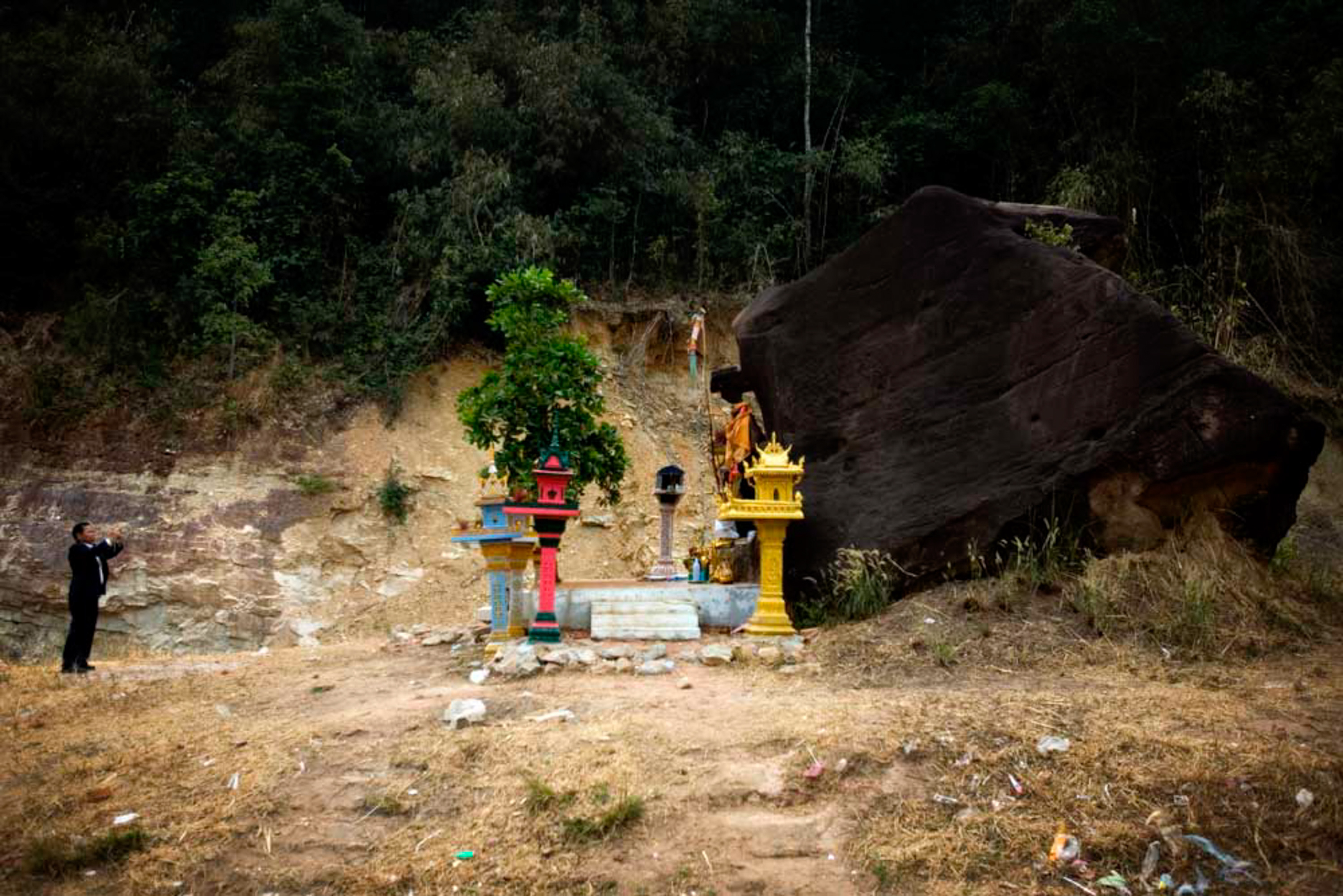
Cambodia, Anlong Veng: Stone where the Khmer Rouges did 7 sculptures of female soldiers. After the 1998 the sculptures were beheaded. Today people come to pray in front of it.
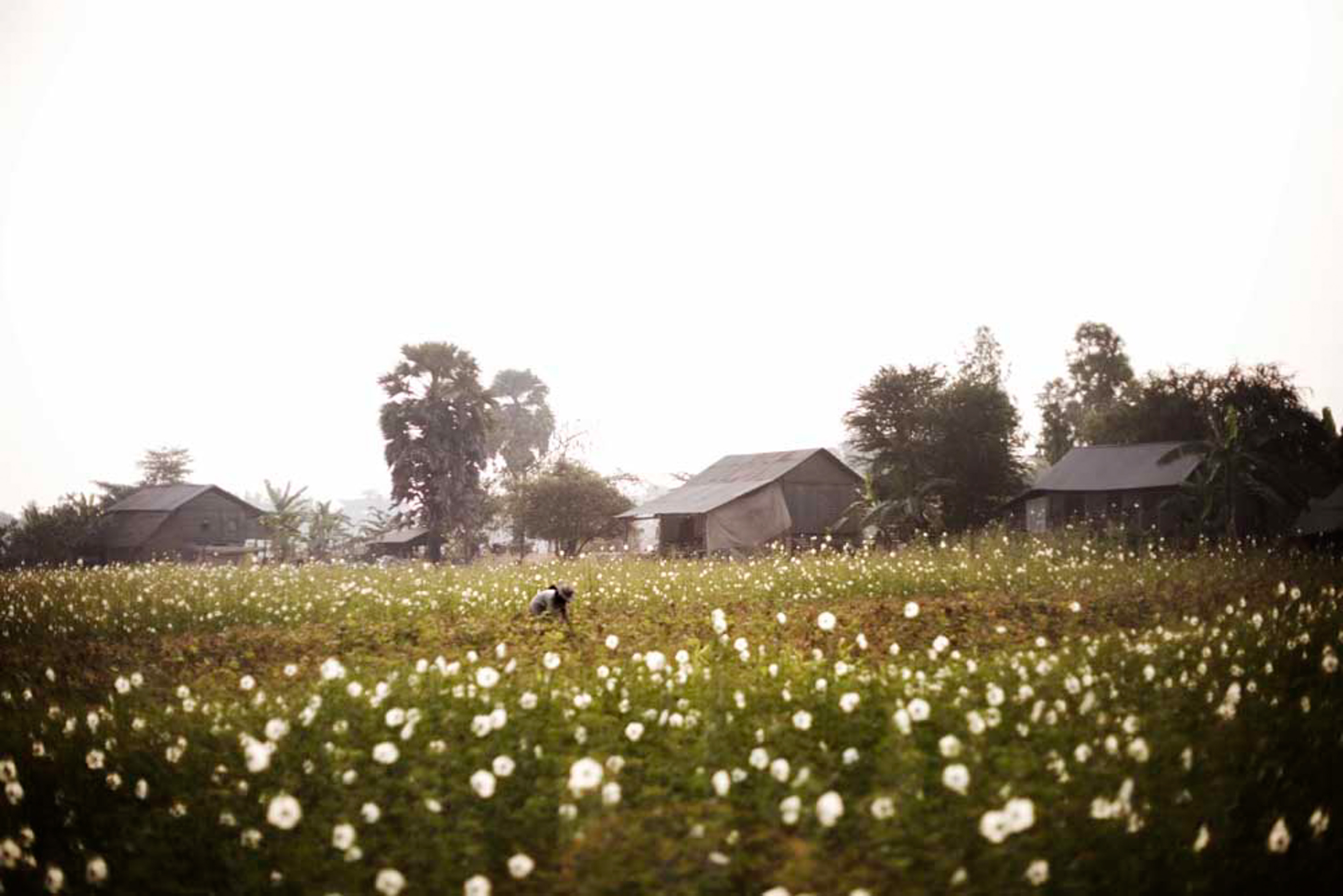
Siem Reap area: The city of Phnom Penh fell to the Khmer Rouge on April 17. Many of its residents, those who were wealthy and educated, were forced to do labor on rural farms as "new people".
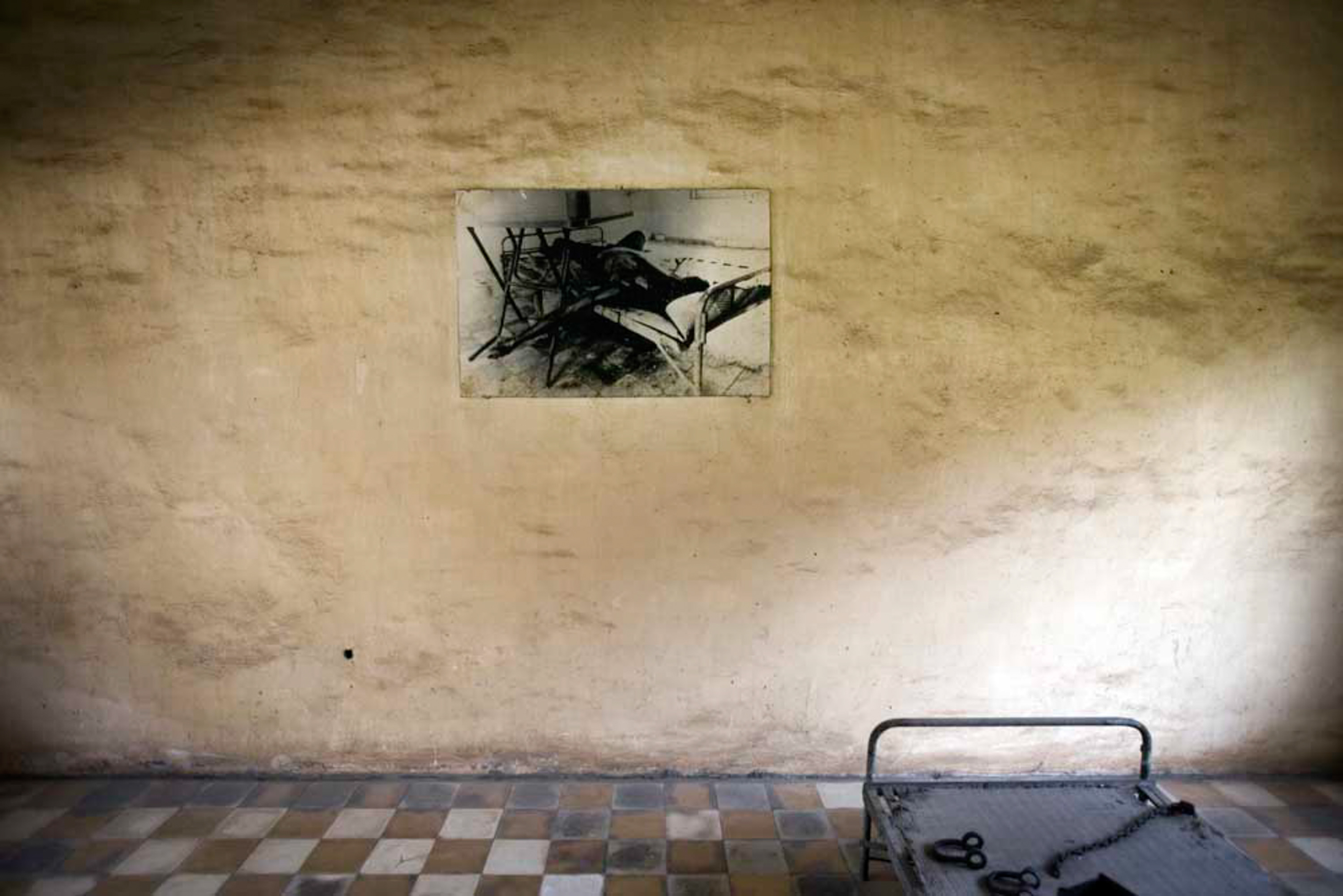
Cambodia, Phnom Penh: Torture room in the Tuol Sleng Museum. On the wall the picture took by a photographer of the vitnamese army in the 1979, when they driven out the Khmer Rouge.
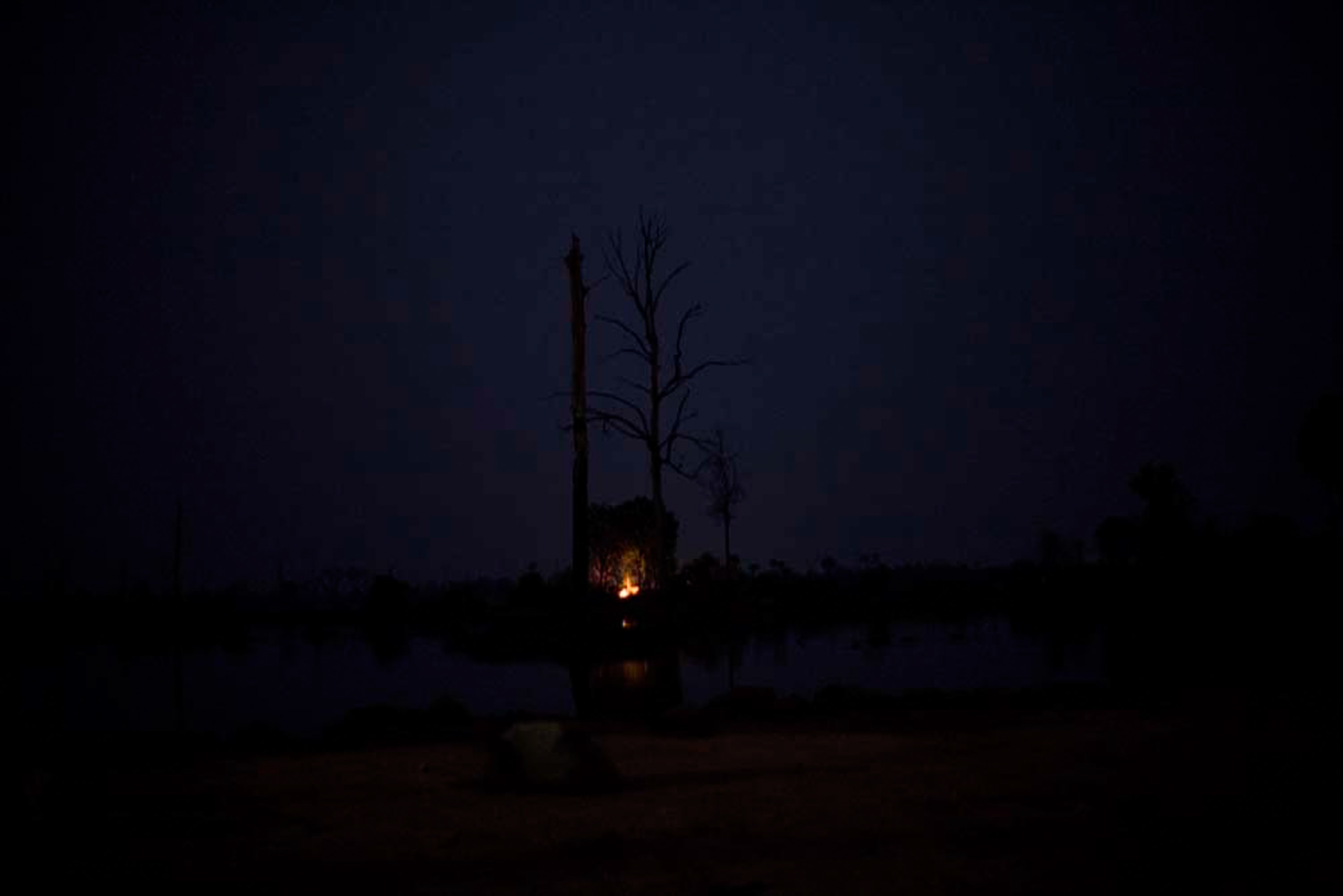
Anlong Veng.
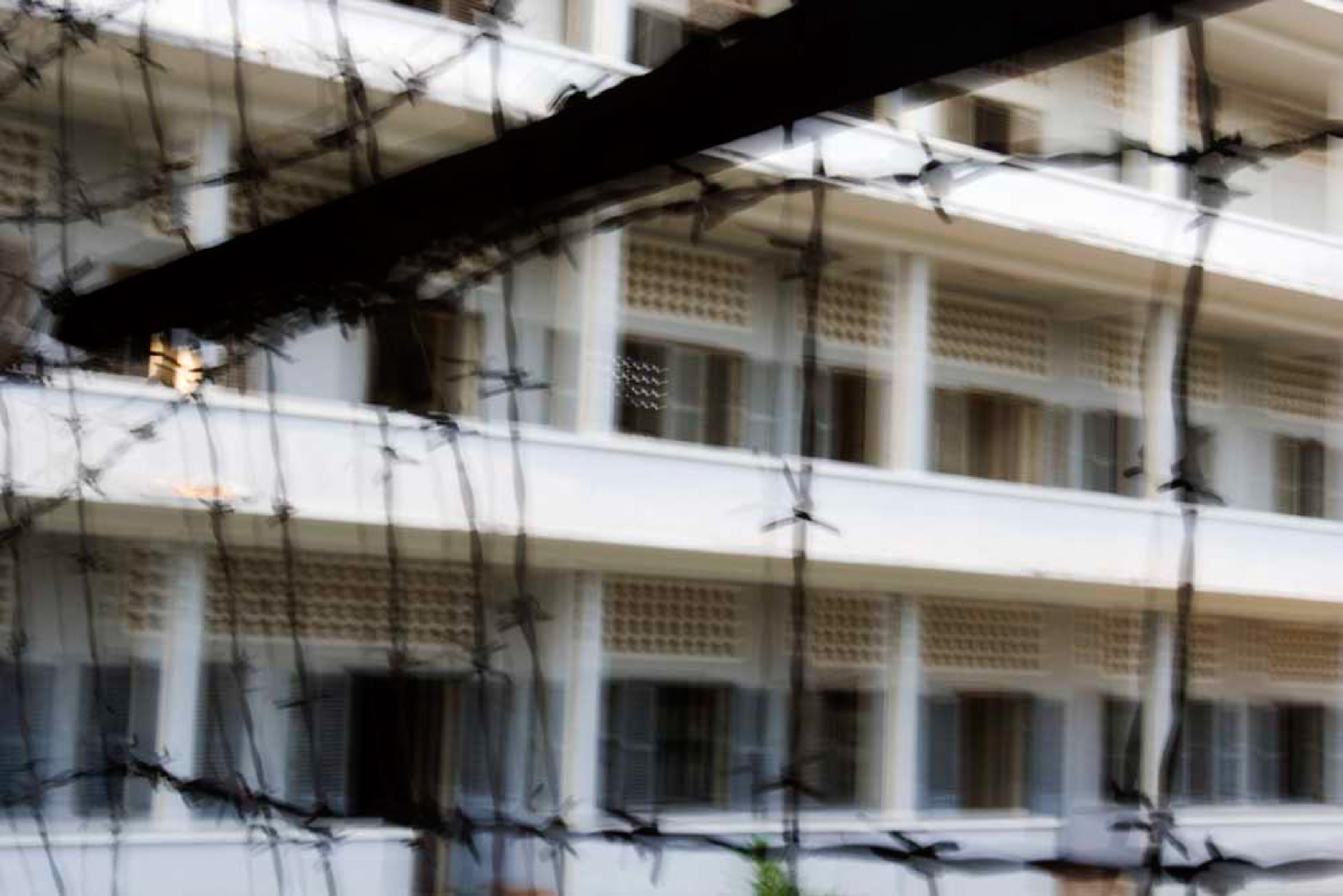
Cambodia, Phnom Penh: Tuol Sleng Museum.
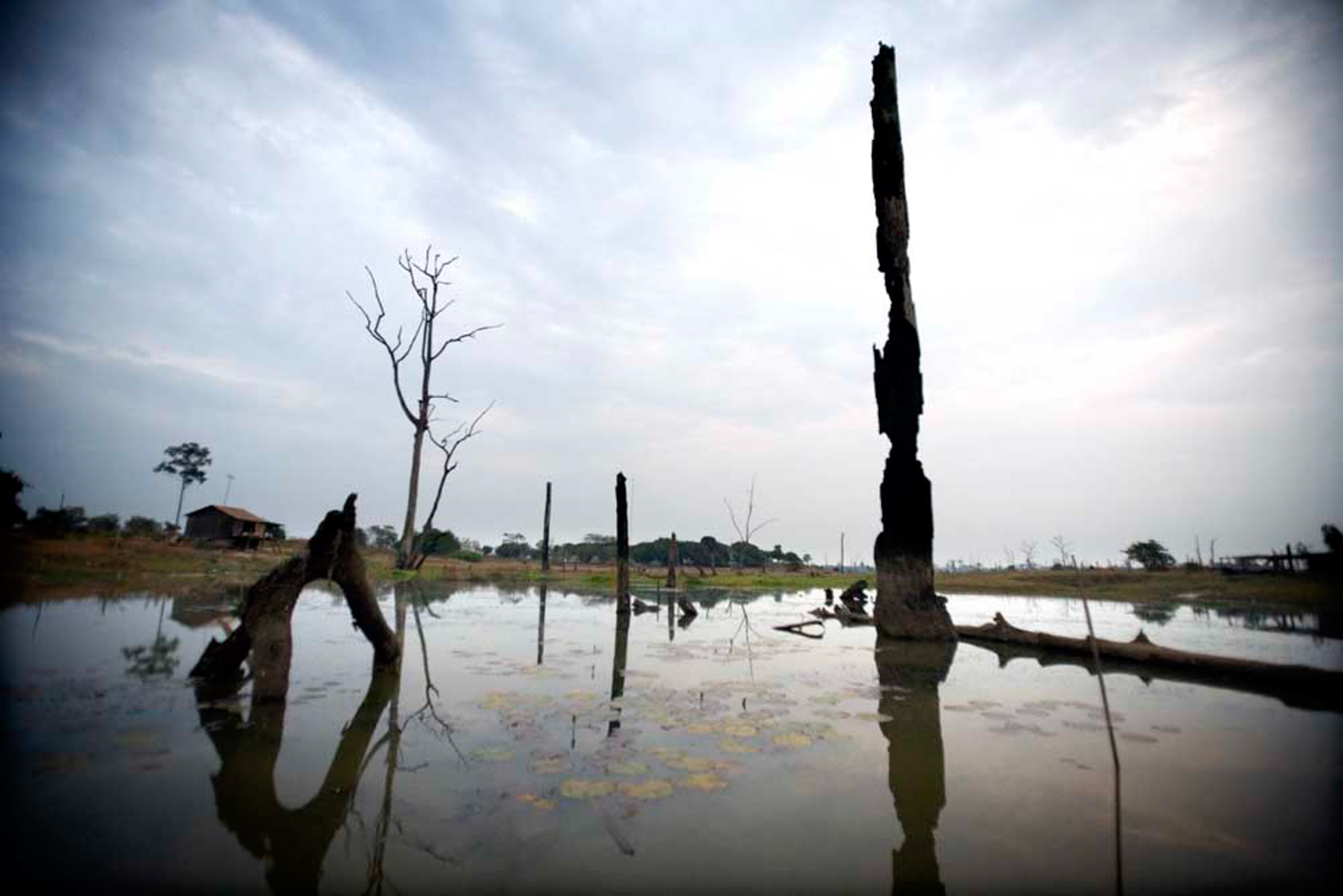
Cambodia, Anlong Veng. Ta Mok's house panorama. Ta Mok (brother number two) built a dam in the village floading the territories.
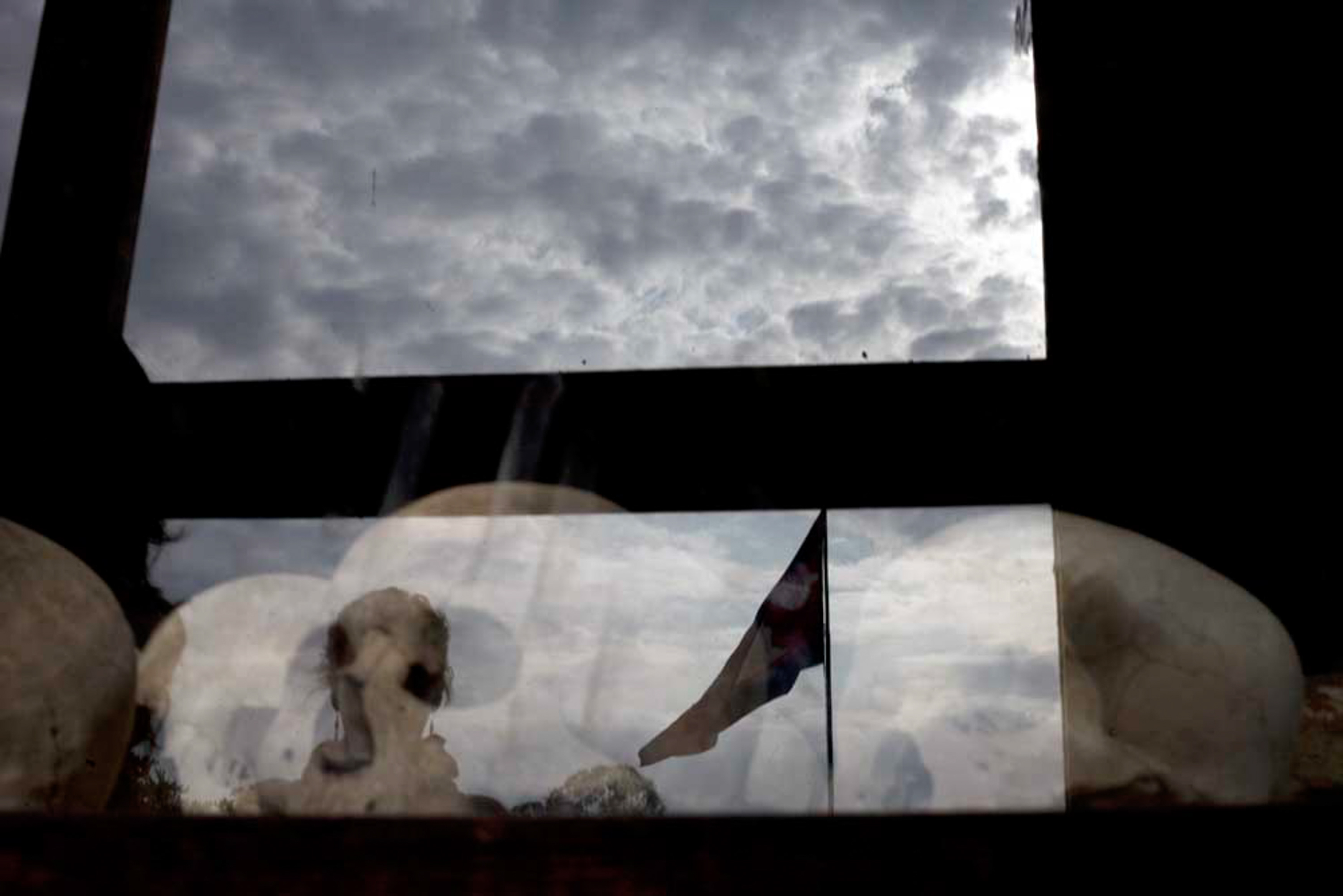
Cambodia, Phnom Penh: Mausuleum of skulls in the Killing Field.
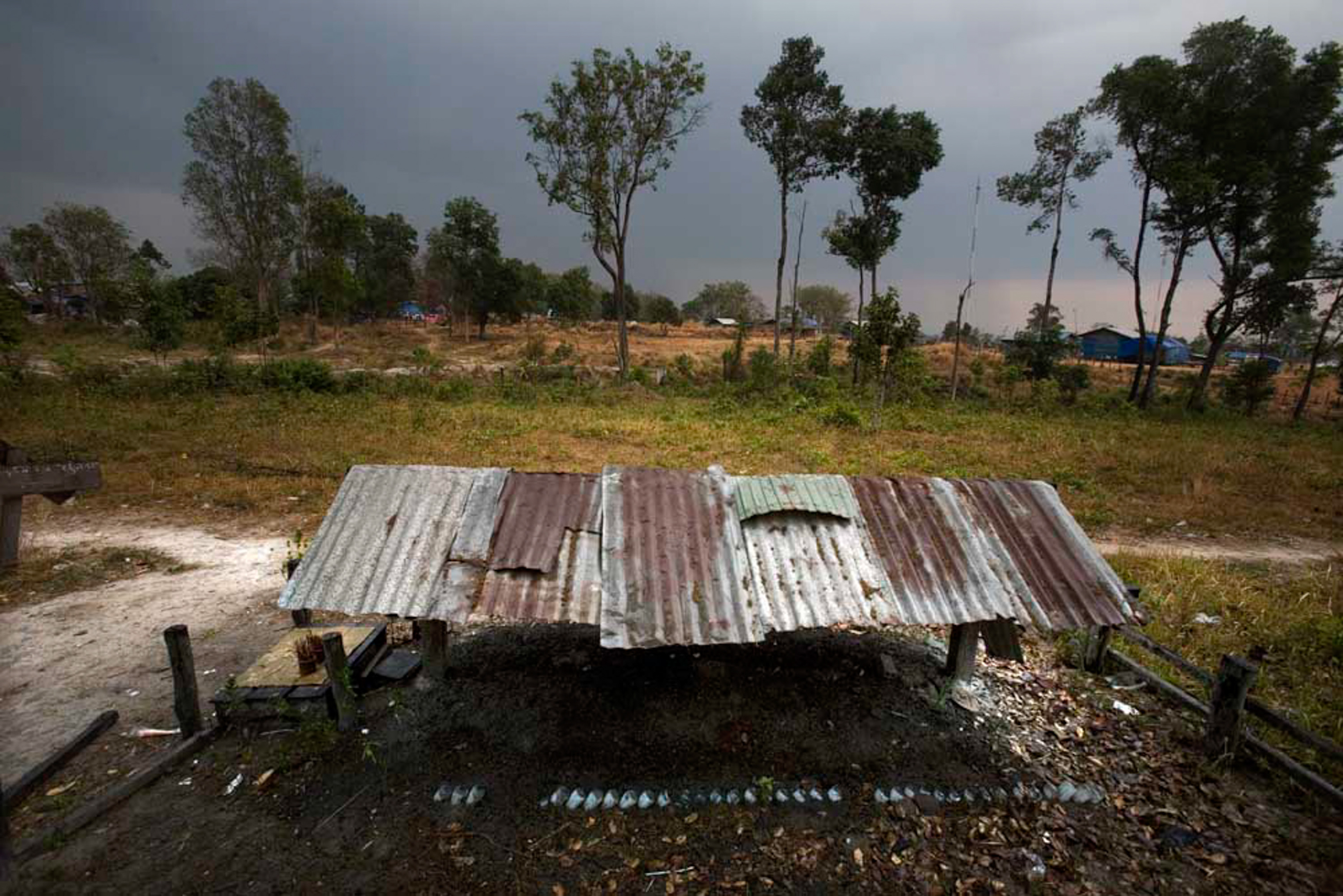
Thai border at the north of Anlong Veng: Pol Pot's Grave. Changing its name to the National Solidarity Party in 1997, the Khmer Rouge denounced Pol Pot in a show trial and placed him under house arrest. Pol Pot died in April 1998
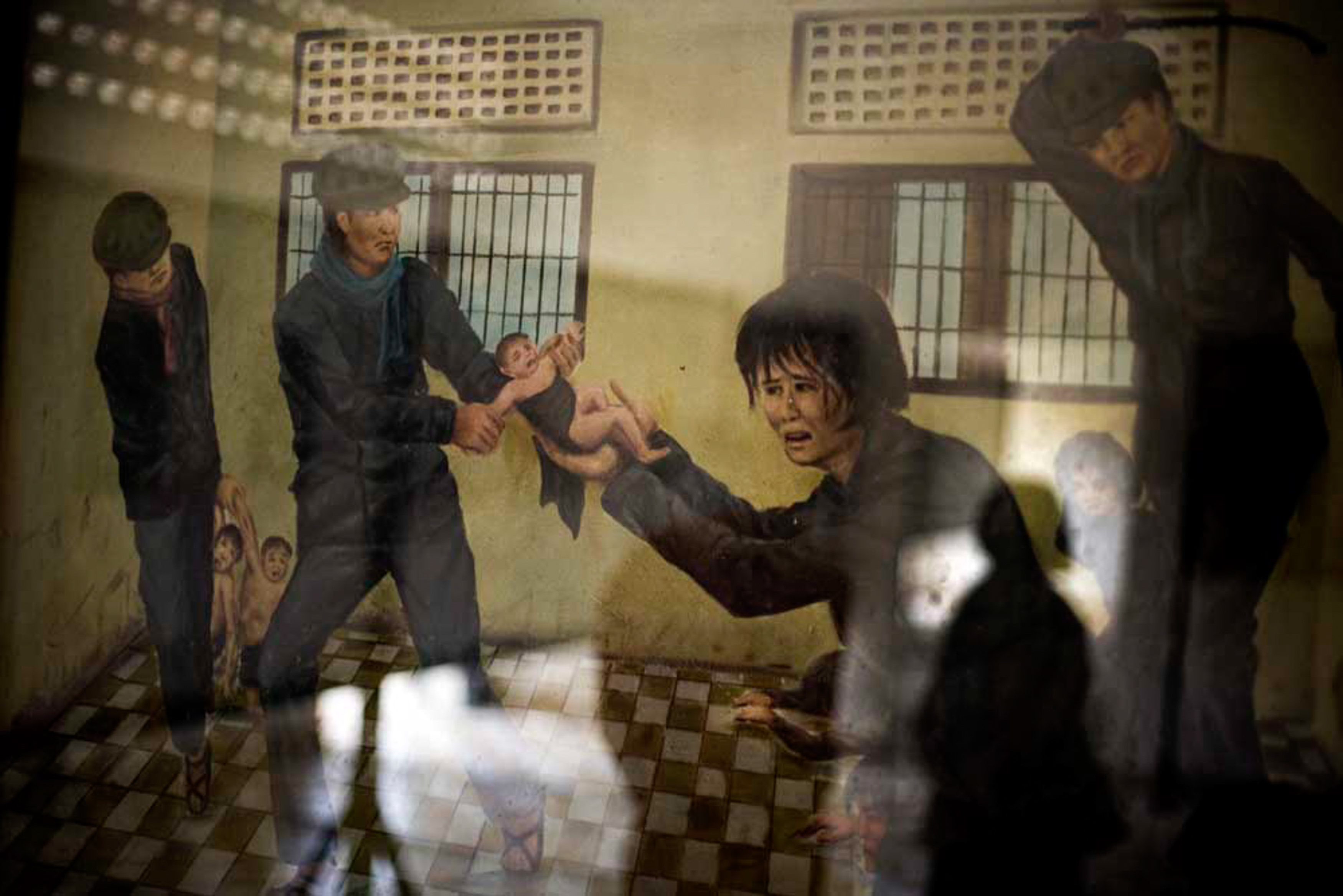
Cambodia, Phnom Penh: Vann Nath's painting exhibited in Tuol Sleng Museum. He is one of the seven people that survived after to be passed by S-21.
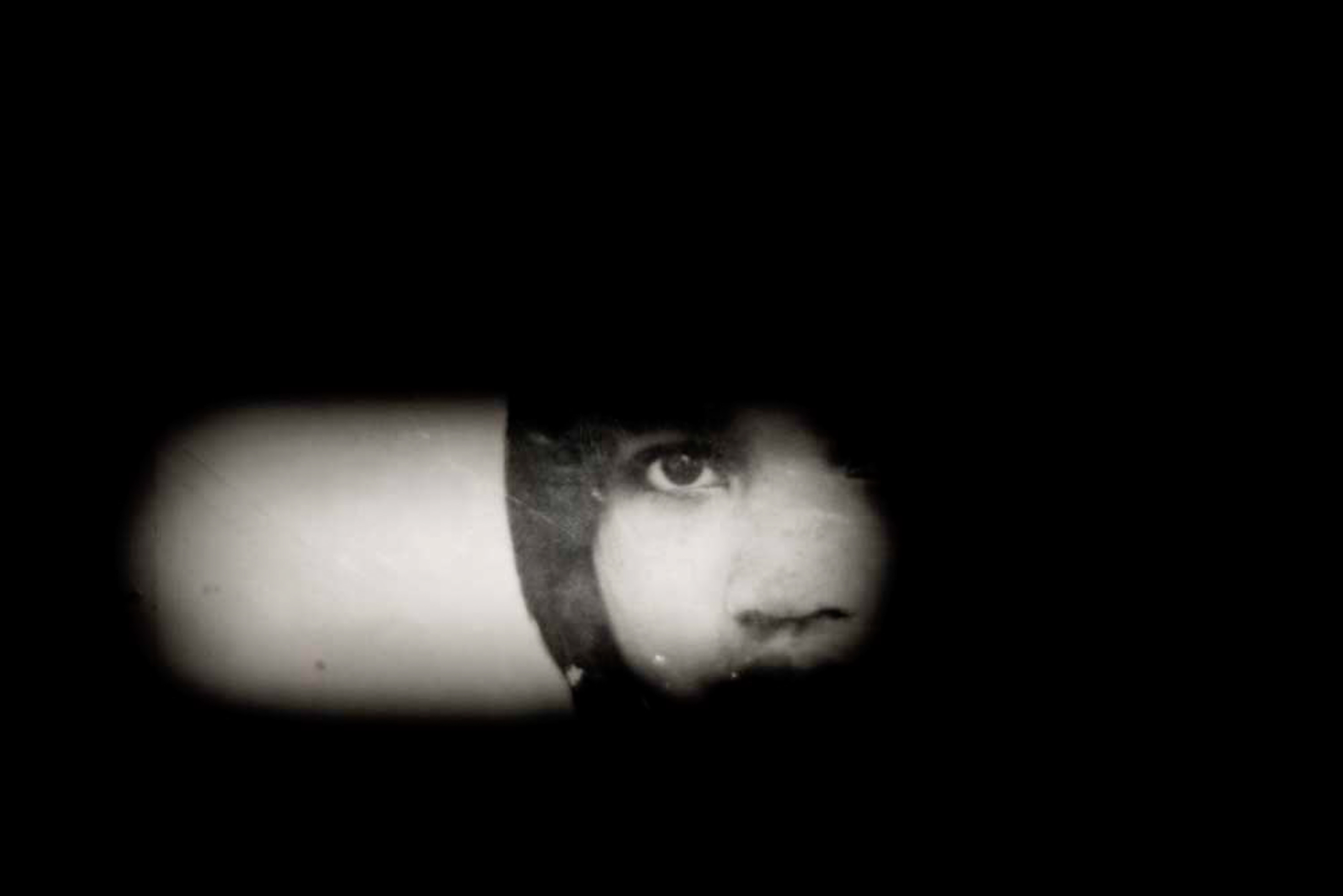
Cambodia, Phnom Penh: portrait of one of the victimes of the Khmer Rouge in Tuol Sleng Museum.
The genocide committed in Cambodia between 1975 and 1979 has no equal in the history of mankind – never before has one group of people inflicted such methodical savageries on its own citizens. Cambodians, under the influence of their “Year Zero” ideology, exterminated their fellow Cambodians. Over two million people were murdered in a country whose population is seven million.
The theme of the Khmer Rouge has been investigated extensively by journalists and historians, although there is no photographic documentation of the act of massacre, the protagonists did document the evidence of their victims. Day after day the victims were maniacally cataloged: before every interrogation, the prisoners were portrayed with a number hanging around their neck. Hundreds of thousands were photographed. Today some of these images are exhibited at the Tuol Sleng Museum, a former security prison were 14.000 people were killed and now serves as the Memory Museum.
Trying to work with photography on the concept of Memory, on past and concluded events, might seem a contradiction. Images in themselves are bearers of memory. And the word that, everyday, plays with what happened in the past has a love-hate relationship with photography – it loves and hates its own immediacy.
The choice of taking “pictures of the pictures”, that infinite sequence of portraits of the victims before and after they are murdered, in its intentional redundancy, strives to be an amplification and an homage to that unique means which revealed itself to be objective, real, tangible, and immutable; a means that has carried the faces to the present – the expressions, the features, the appearance and a trace of humanity of those two million people. Today Cambodia is one of the states with the higest development rate not only in Asia, but in the entire world. It is a nation with a population of very young people with little desire to look back.
What I am going to do is a investigate this Memory. Through the survivors and their stories, the places in which the genocide has been perpetrated, and their relationship between the present and the past, I will carry out that process of documentation and interpretation that is typical of the historians.
